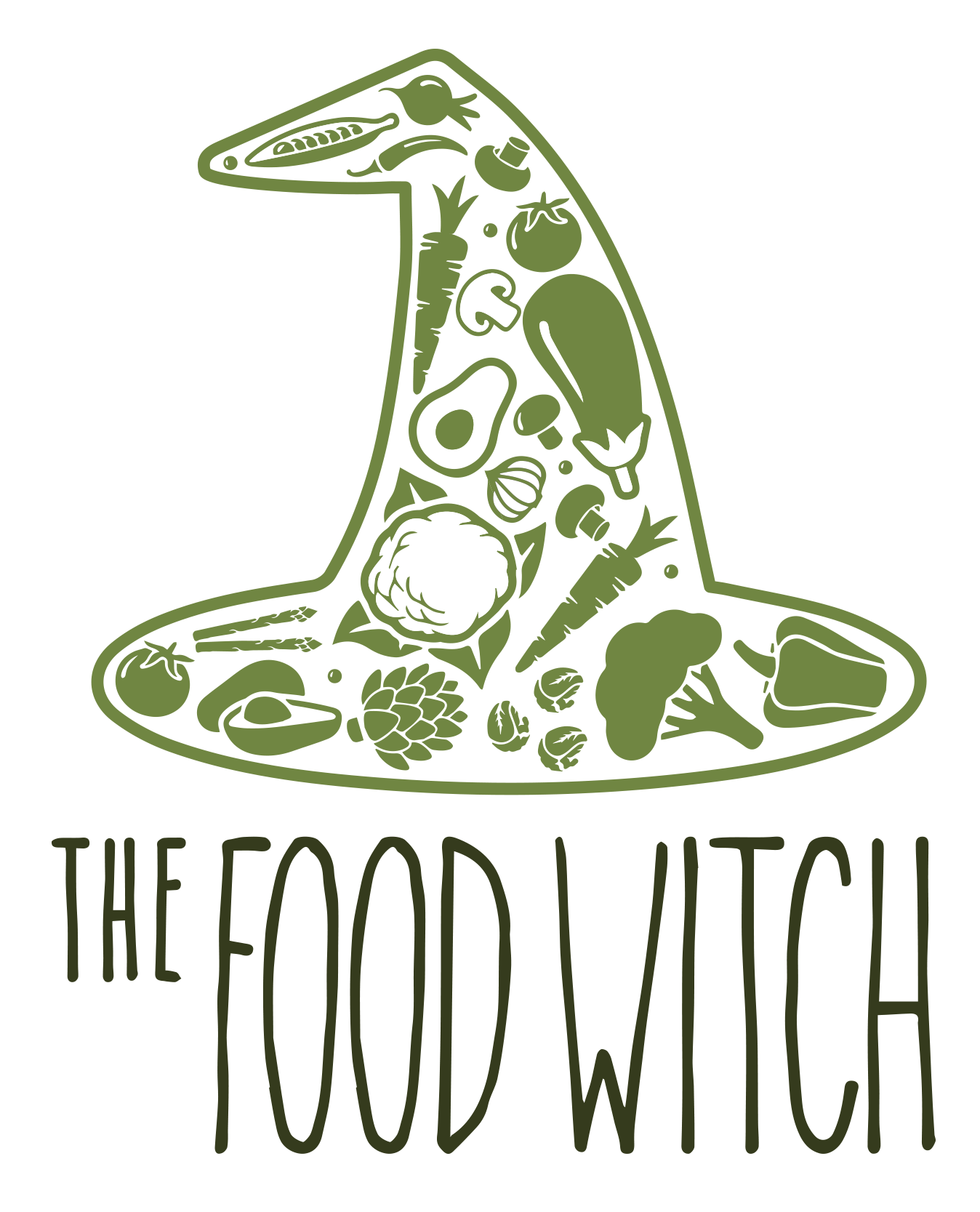3. Seasonality & ingredient choice
click here for the seasonality table pdf download
Week 3: Key Takeaways
Why is seasonality important and useful?
Seasonal food means eating stuff as it is harvested - in season. Before mass commercialisation of farming and globalisation this was a reality not a choice.
Now we can eat what and when we want regardless of what’s growing locally
But from an intuitive perspective, we are more connected to food that is growing near us, in the environment that we are living in. It make instinctive sense
Also there are nutritional and taste benefits of things that are grown nearby, not transported or refrigerated or stored for a long time
Your relationship with food then changes with the seasons—you get excited about the changes rather than sad (e.g. end of summer amazing because of the harvest produce)
This does not mean you must only eat local seasonal produce. Obviously it’s a great place to start and emphasis, but sometimes your body wants and needs a specific thing, and we are lucky enough to usually be able to get that. So within reason, we look to balance seasonality with intuitive signals
Top tips for eating more seasonally
Use all the information out there
I've created a seasonality table for you to download! (part of this week's course content)
Local greengrocers or farmers market
They normally champion local growers and know A LOT!
Stickers and labels usually tell you country of origin
Think about it as a range. The more you can eat that's grown closer to you the better, but don’t make it a point of stress, perfectionism or expectation, see it as an adventure of exploration that isn’t set in stone
Easier at some times of year than the other
In pursuit of joy it’s only one factor, so don’t eat seasonally at the expense of pleasure
Combining ingredients
If it grows together (geographically/temporally) then most likely goes together. E.g:
Tomatoes, basil, courgettes, aubergine
Parsnips, carrots, potatoes, thyme
Spring greens and peas
But also kale/brussel sprouts/cauliflower and pomegranate (same season, different location)
Leek and potato
Truffle and jerusalem artichokes
Beetroot and horseradish
What do you think of as summery, wintery, springtime produce
Sometimes it’s hard to define exactly what you feel like eating, but you can start to work with understanding how you want to feel when you eat or after you eat
When in doubt, you can always know that simply prepared produce at its best (i.e. local and in season) requires little fuss to be incredibly yummy
Start with seasonal pairings then build on the mindfulness work to create your own through your intuitive connection to food
Memories or experience
Compatible and adjacent ingredients
It won't always work but remember this is how you learn and become more intuitive
Week 3: Exercises
Appreciate your produce and get to know it
Take stock of your produce seasonality and see if you can determine what % of your fresh produce is seasonal to the UK (approximately!)
If it's not already, see if you can get it above 50%, or even to 75%
Start to connect to your ingredients by acknowledging how and when they grow: somethings need sunlight, others need dark/damp conditions - start to see ingredients as living things that are affected by the weather and season just as much as you are
When you shop, even if you don’t switch to 100% seasonal produce, notice where the items you are buying come from. Explore whether there are locally grown alternatives
Introduce some mindfulness and connection to your shopping experience and ingredients: you may not change all of your habits at once, but being aware of food miles, seasonality and the impact on flavour will help you to find some balance and intuitively start to favour seasonal produce as you experience it more
See if you can notice the difference in experience of eating in season vs. out of season produce
Is it more or less tasty
Do you form a clearer connection to it?
Try something new!
A seasonal item thats coming into season now that you don’t normally eat or buy or cook with
Try out a simple intuitive combination of seasonal ingredients like I did in the tutorial - even just a simple salad or combination of roasted vegetables and notice when you eat it the sensation, the emotion, the connection to the time of year or location or whatever it might be that eating seasonally evokes in you


